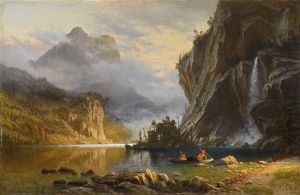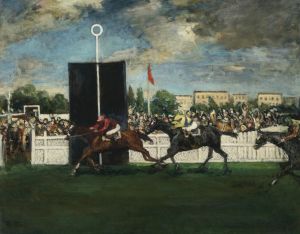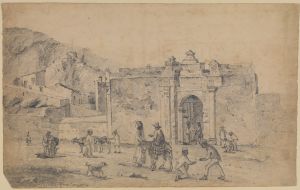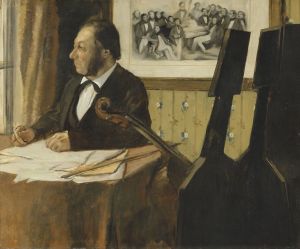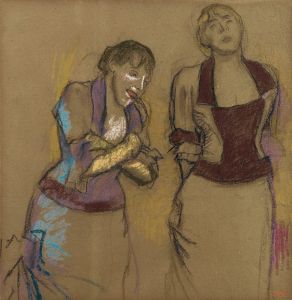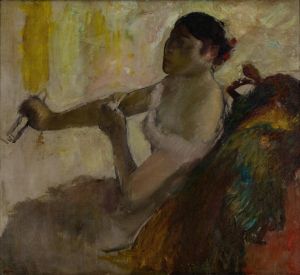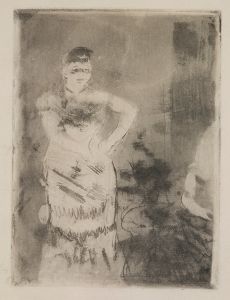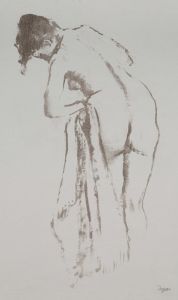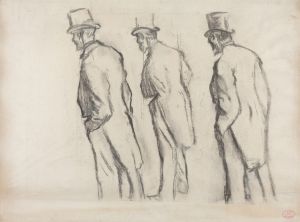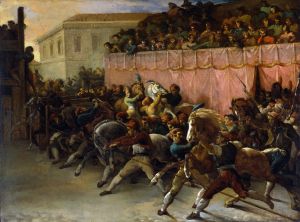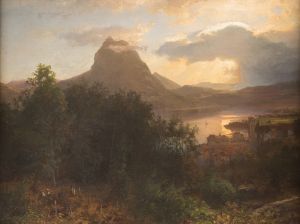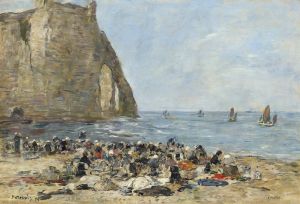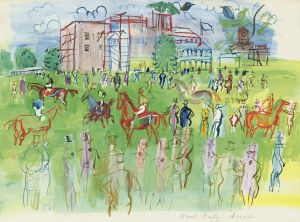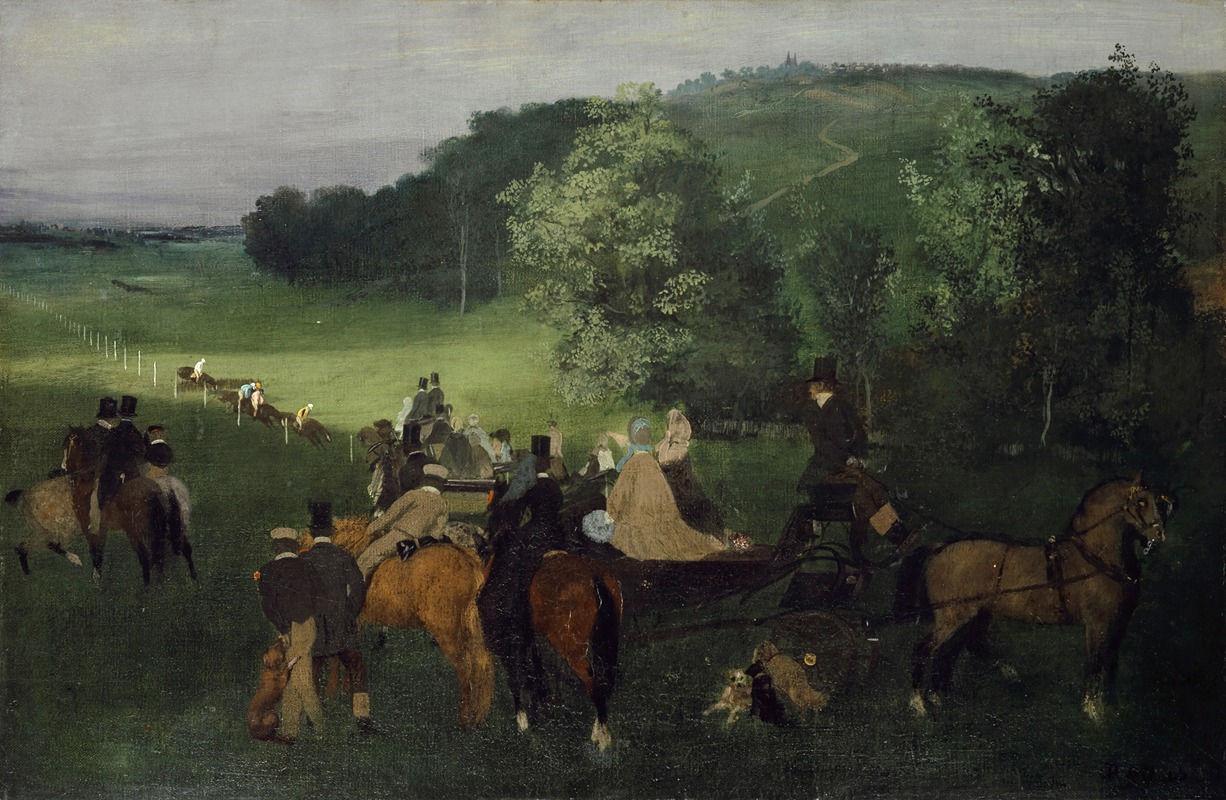
At the Racecourse
A hand-painted replica of Edgar Degas’s masterpiece At the Racecourse, meticulously crafted by professional artists to capture the true essence of the original. Each piece is created with museum-quality canvas and rare mineral pigments, carefully painted by experienced artists with delicate brushstrokes and rich, layered colors to perfectly recreate the texture of the original artwork. Unlike machine-printed reproductions, this hand-painted version brings the painting to life, infused with the artist’s emotions and skill in every stroke. Whether for personal collection or home decoration, it instantly elevates the artistic atmosphere of any space.
Edgar Degas, a prominent French artist associated with the Impressionist movement, is well-known for his depictions of modern life, particularly scenes of ballet dancers, bathers, and horse racing. One of his works, At the Racecourse (French: Aux Courses), exemplifies his interest in capturing the dynamic energy and social atmosphere of equestrian events, a popular pastime in 19th-century France.
Degas created several works centered on horse racing, a subject that allowed him to explore movement, composition, and the interplay between humans and animals. At the Racecourse is part of this broader series and reflects his fascination with the elegance and vitality of the sport. The painting features a group of figures, including jockeys on horseback and spectators, set against the backdrop of a racecourse. Degas's attention to detail and his ability to convey motion are evident in the depiction of the horses and riders, which are rendered with a sense of immediacy and fluidity.
The composition of At the Racecourse demonstrates Degas's innovative approach to perspective and framing. Rather than presenting a traditional, centered view of the scene, he employs an asymmetrical arrangement, cropping the image in a way that suggests the influence of photography and Japanese prints. This technique creates a sense of spontaneity, as if the viewer is catching a fleeting moment in time. The use of light and color in the painting further enhances the vibrancy of the scene, with subtle tonal variations that capture the atmosphere of the outdoor setting.
Degas's works on horse racing were not only artistic explorations but also reflections of contemporary life in Paris during the late 19th century. Horse racing was a fashionable activity among the upper and middle classes, and racecourses were social hubs where people gathered to see and be seen. By choosing this subject, Degas provided a window into the leisure activities of his time, while also showcasing his technical skill and innovative artistic vision.
The exact date of At the Racecourse is not definitively known, as Degas revisited the theme of horse racing throughout his career. He worked in various mediums, including oil paint, pastels, and drawings, to explore this subject. The painting is part of a larger body of work that highlights his ability to capture the nuances of movement and the complexities of human and animal interactions.
Today, At the Racecourse is recognized as an example of Degas's mastery in portraying modern life with a unique perspective. It remains a testament to his ability to blend observation with artistic experimentation, solidifying his reputation as one of the most innovative artists of his time.





